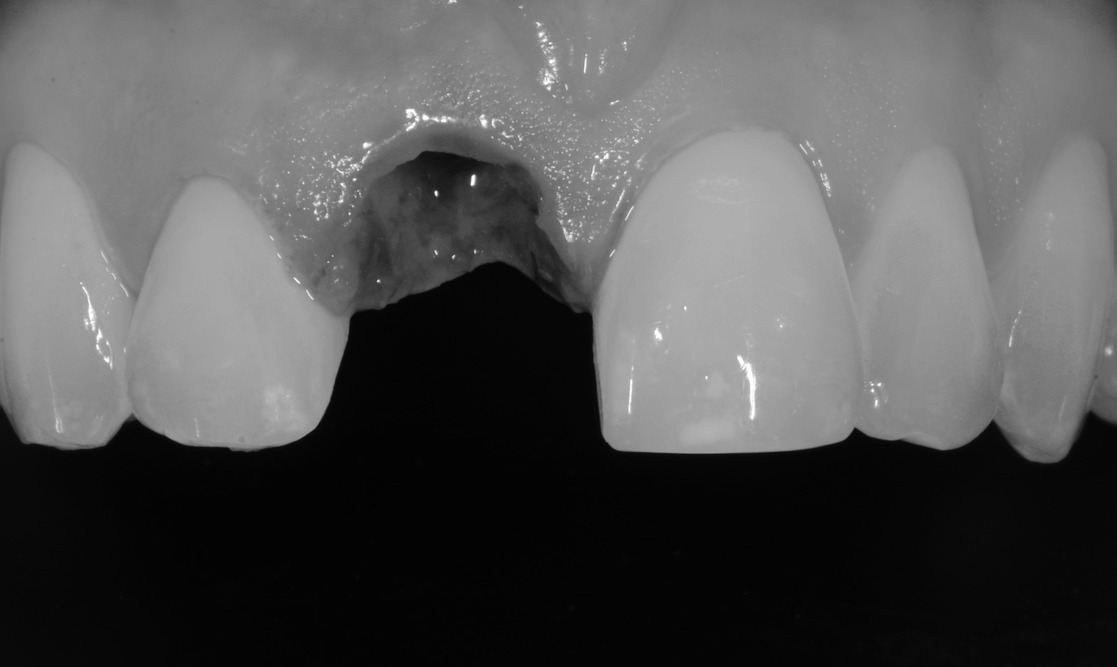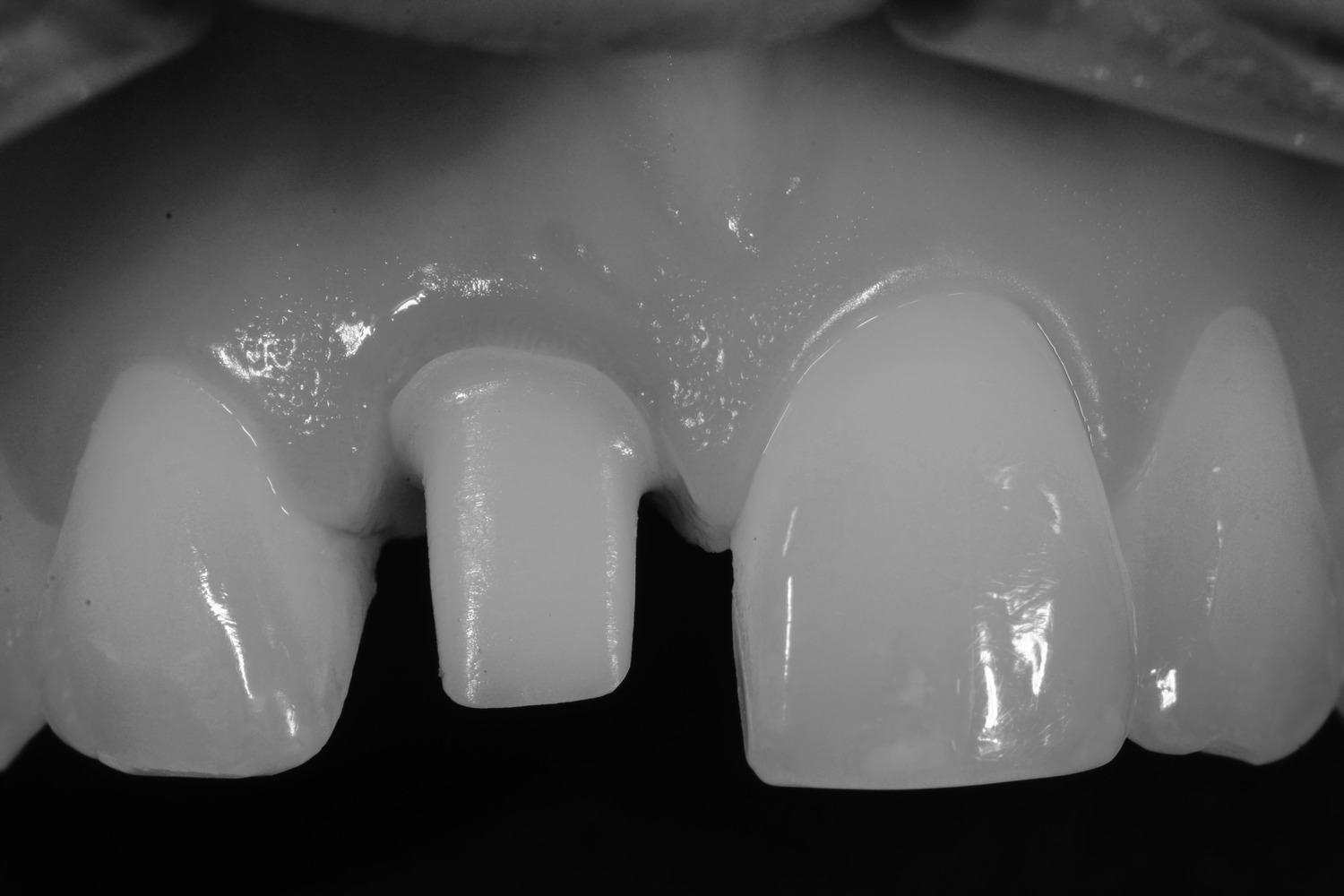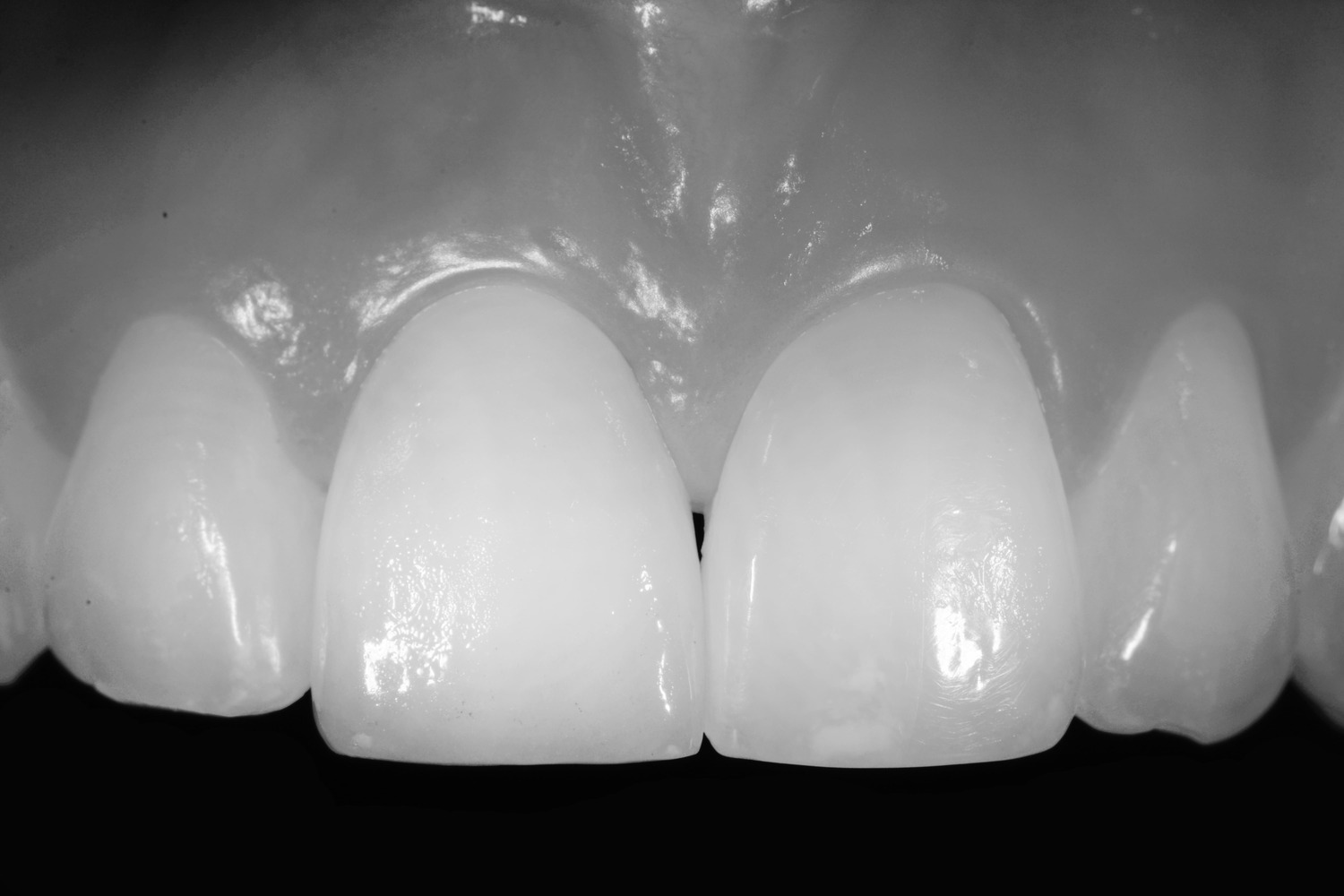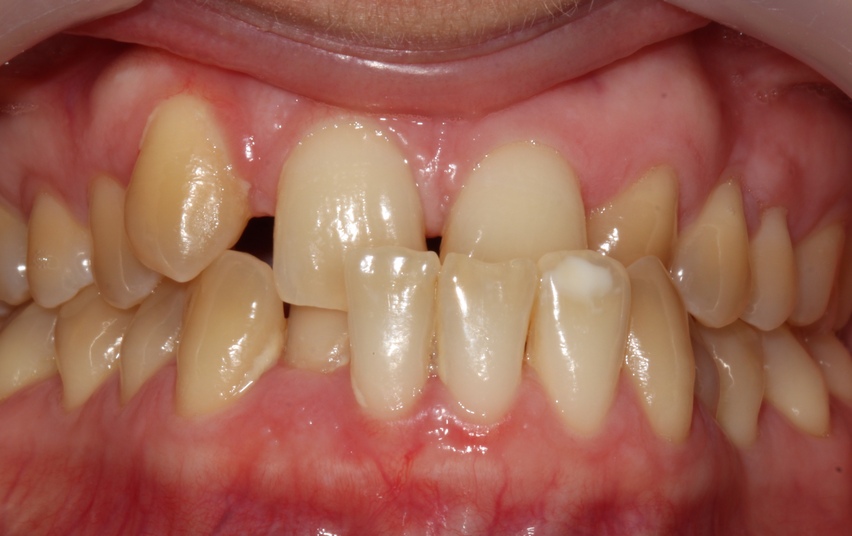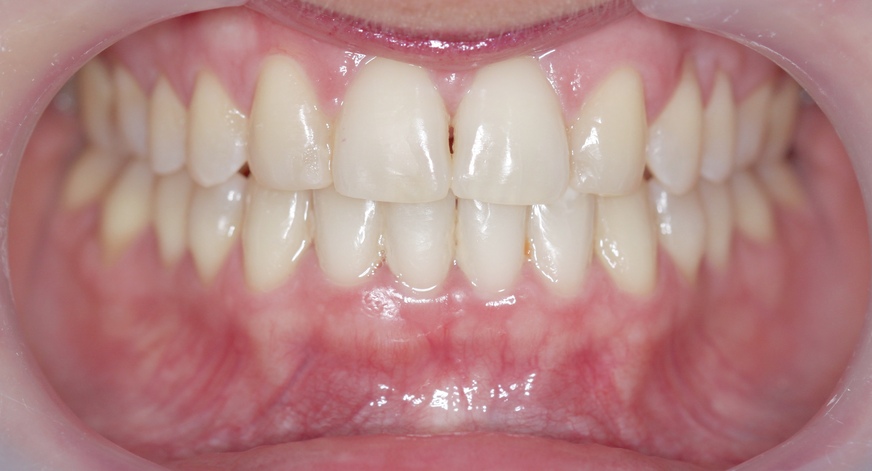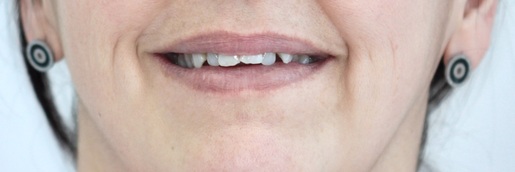Esta web utiliza cookies para que podamos ofrecerte la mejor experiencia de usuario posible. La información de las cookies se almacena en tu navegador y realiza funciones tales como reconocerte cuando vuelves a nuestra web o ayudar a nuestro equipo a comprender qué secciones de la web encuentras más interesantes y útiles.
CASOS DE ÉXITO
Te invitamos a conocer algunos de nuestros cientos de casos de éxito que han vivido la experiencia CANTOR.



Caso real de Implante Dental
Paciente con implante inmediato después de la extracción. Lleva perno y funda cerámicos para una estética óptima.
Caso de ortodoncia combinado con gingivectomía y carilla
Paciente de ortodoncia que tuvo fractura de incisivo central. Se ha combinado la ortodoncia con gingivectomía (para dar altura y forma adecuada a la encía) y para finalizar una carilla de zirconio para recuperar color y forma de diente original.
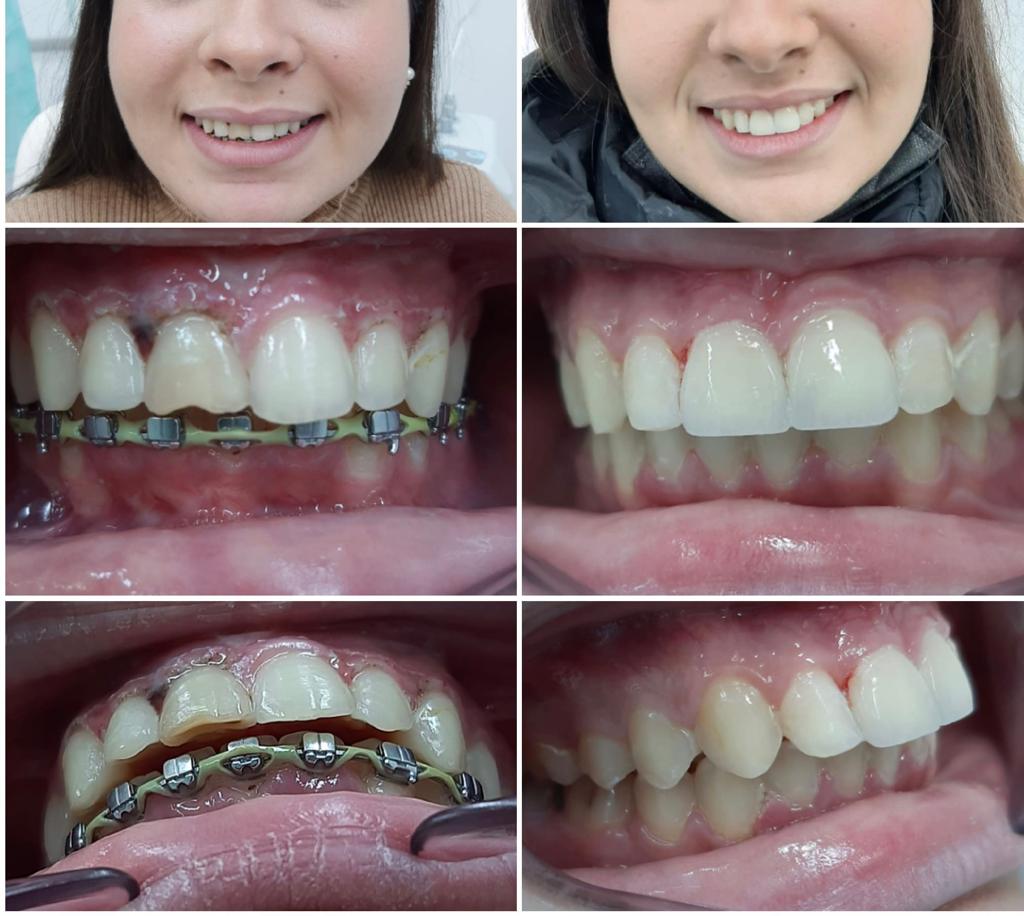
Apiñamiento severo bimaxilar
Con los alineadores es necesario pasar menos tiempo en la consulta. Tras la cita inicial, se programan habitualmente citas de seguimiento cada mes (o según las recomendaciones de tu odontólogo) para comprobar la evolución y proporcionarte el nuevo juego de alineadores.
Sobremordida y apiñamiento
Paciente con apiñamiento superior y sobremordida tratada con Carriere Motion 3D en el maxilar superior por 3 meses y brackets de autoligado Carriere SLX por 12 meses.
Nuestro objetivo: preservar el volumen y armonía de sus tejidos blandos.
Con dos extracciones superiores esto no hubiera sido posible
Prognatismo Mandibular
Paciente con prognatismo mandibular, agenesia (ausencia) de dos incisivos laterales superiores y que rechazaba ponerse implantes y realizarse cirugía tal como le habían aconsejado en varias clínicas.
En su tratamiento utilizó un Carriere Motion 3D inferior combinado con brackets de autoligado carriere SLB.
Tiempo total de tratamiento 16 meses.
Sin cirugía, sin extracciones ni implantes.
Nuestro objetivo: Recuperar su ilusión por sonreír. Conseguido!!!
Mordida abierta anterior
Además de una higiene bucal continua y, en algunos casos, mejorada, resulta más fácil llevar un estilo de vida activo con la ortodoncia invisible que con el alambre fijo y los brackets. Puesto que el aparato es extraíble, puedes hacer deporte, tocar instrumentos musicales y, en general, hacer fácilmente todas tus actividades cotidianas de forma normal.
Download
Brochure
Energistically scale future-proof core competencies vis-a-vis impactful experiences. Dramatically synthesize integrated schemas with optimal networks. Bring to the table win-win survival strategies to ensure. Seamlessly visualize quality intellectual capital without superior collaboration and idea-sharing.
When should I change my toothbrush?
Your toothbrush will eventually wear out, especially if you are brushing your teeth twice a day for two to three minutes each time. Your dentist recommends that adults and children change their toothbrush every three months. If you are using an electric toothbrush, be sure to read the directions because you may not need to change toothbrush heads as frequently. Patients with gum disease are encouraged to change their toothbrush every four to six weeks to keep any bacteria from spreading. After brushing, rinse your toothbrush with hot water to kill germs and keep the bristles clean. If you’ve been sick, be sure to change your toothbrush as soon as possible.
How do I schedule my next checkup?
How often should I brush my teeth?
According to your dentist and the American Dental Association, you should brush your teeth at least two times a day. Brushing keeps your teeth, gums, and mouth clean and healthy by removing bacteria-causing plaque. It is also recommended that you use a soft-bristled toothbrush and toothpaste that contains fluoride when you brush your teeth. You should spend at least a minute on the top teeth and a minute on the bottom teeth, and remember to brush your tongue; it will help keep your breath smelling fresh!
What is gum disease?
Also known as periodontal disease, gum disease is mostly caused by plaque and bacteria buildup that is not treated in its early stage. Other causes of periodontal disease include tobacco use, teeth grinding, some medications, and genetics. Gingivitis is the beginning stage of gum disease, and, if detected, is treatable. Gingivitis left untreated may turn into gum disease. Advanced gum disease will lead to tooth and bone loss, and is a permanent condition. Brushing your teeth regularly and visiting the dentist every six months will help prevent gingivitis and more severe cases of periodontal disease.



